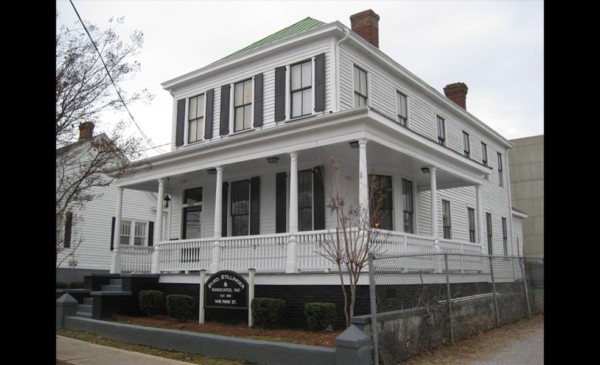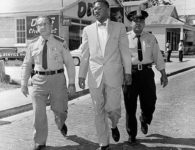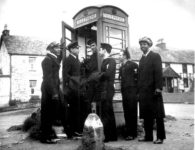Frederick was active in other areas of South Carolina’s African American community. He was a crusading newspaperman, serving as editor of the Southern Indicator and the Palmetto Leader. He helped organize the Victory Savings Bank, a black-owned financial institution in Columbia. Frederick in Columbia on September 7, 1938. Nathaniel Jerome Frederick died in 1938.
source:
https://www.historiccolumbia.org/tour-locations/nathaniel-jerome-frederick-house





















No comments